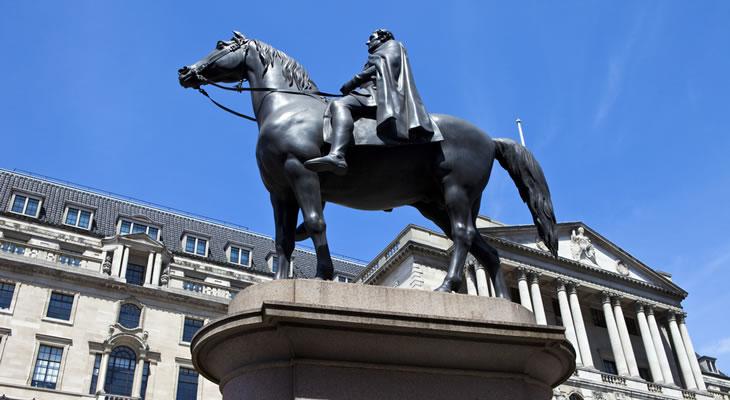- Pound (GBP) Exchange Rates Struggle – BoE hints at rate cuts in the next few months
- Australian Dollar (AUD) Rates Surge – Rising global stocks support risk-on trade
- Reserve Bank of Australia (RBA) Forecast to Ease Policy – Overvaluation a major concern for policymakers
- Pound Australian Dollar Exchange Rate Forecast to Hold Losses – British political turmoil to dampen investor confidence
With rising global equity markets supporting demand for high-yielding assets, the Pound Australian Dollar exchange rate declined by around -0.6% during Friday’s European session.
Pound Australian Dollar Exchange Rate Declines following BoE’s Carney Speech
In the hope of stabilising markets and easing borrowing conditions to support consumer spending, Bank of England (BoE) Governor Mark Carney hinted strongly that the central bank is likely to ease policy within the next few months;
‘In my view, and I am not prejudging the views of the other independent MPC members, the economic outlook has deteriorated and some monetary policy easing will likely be required over the summer. The committee will make an initial assessment on 14 July and a full assessment complete with a new forecast will follow in the August inflation report. In August, we will also discuss further the range of instruments at our disposal.’
Sterling erased some of its recent gains following the speech and has resumed bearish trade with investor confidence undermined by the clouded political and economic outlook in the UK.
Carney has, however, previously stated that he doesn’t believe negative rates have a positive impact. With that in mind, the Monetary Policy Committee (MPC) are unlikely to drop the benchmark interest rate below 0%.
Domestic data showed that manufacturing output bettered expectations in June. However, given that the data was collected ahead of the UK’s vote to Brexit, the result had minimal impact.
Pound Australian Dollar Exchange Rate Struggles despite Australian Political Uncertainty
Speculation that central banks across the globe will look to ease policy, after the impact of Brexit undermined confidence in global economic conditions, has caused market sentiment to improve.
As a risk-correlated asset, the Australian Dollar climbed as traders sought high-yielding assets.
However, domestic political uncertainty may see the ‘Aussie’ (AUD) lose ground into the weekend with the federal election due to conclude on June 2nd. According to the most recent polls, the race between the two main parties is neck-and-neck.
‘Aussie’ gains were also slowed by data that showed manufacturing in China stagnated.
‘China’s PMI for June suggested that industrial activities have started to lose momentum…China is unlikely to achieve an economic growth of 6.7 per cent in the second quarter,’ stated ANZ Research analysts Raymond Yeung and David Qu. ‘We believe that the government will stimulate the economy by hastening infrastructure investment and urbanisation. The central bank may also cut interest rates or the reserve requirement ratio very cautiously to boost business confidence.’
In terms of domestic manufacturing output, however, June’s AiG Performance of Manufacturing Index climbed from 51 to 51.8. Whilst this aided ‘Aussie’ gains, the appreciation was mostly in response to improved risk-appetite.
Pound Australian Dollar Exchange Rate Forecast to Hold Losses
Given that the British political and economic landscape is in complete turmoil, as speculation mounts that several central banks across the globe will consider easing policy, the Pound Australian Dollar exchange rate is likely to hold losses into the weekend.
However, overvaluation concerns may prompt the Reserve Bank of Australia (RBA) to consider cutting rates, which would weaken the ‘Aussie’ considerably.
In addition, Australia’s federal election results will likely impact on AUD exchange rate volatility.
The Pound Sterling Australian Dollar (GBP AUD) exchange rate was trending within the region of 1.7752 to 1.7937 during Friday’s European session.


Comments are closed.